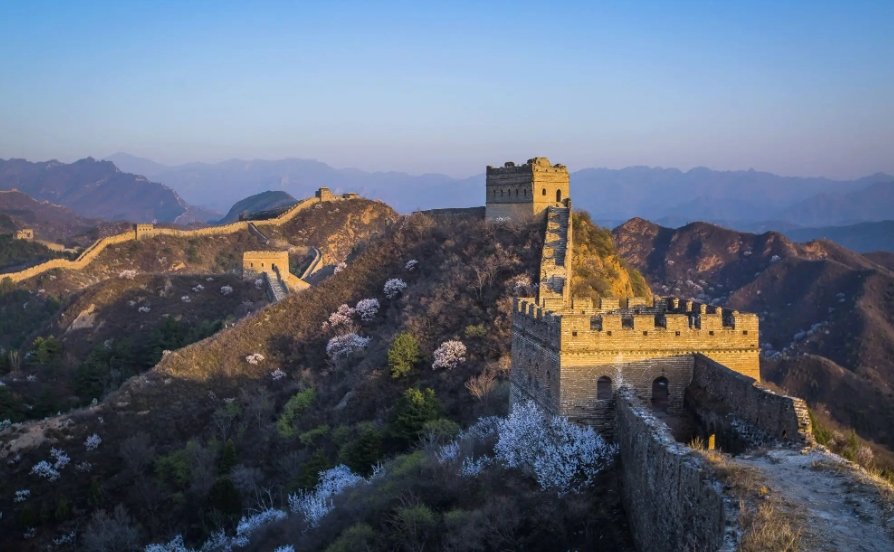
Is the Great Wall of China Hard to Climb?
The Great Wall of China is one of the most iconic landmarks in the world. It's a testament to human ingenuity and perseverance, stretching over 13,000 miles across the rugged Chinese landscape. Every year, millions of tourists flock to this UNESCO World Heritage site, eager to catch a glimpse of its grandeur and walk in the footsteps of history. But many wonder, is climbing the Great Wall of China actually difficult?
The answer, like the Wall itself, is multifaceted. While the experience is incredibly rewarding, it can also be physically challenging, depending on the section you choose to conquer and your personal fitness level.
The Climb Itself:
Climbing the Great Wall can be likened to tackling a challenging hike rather than a technical climb. Here's why:
- Steepness: The Wall was built to traverse mountainous terrain, which means many sections are incredibly steep. Picture yourself ascending hundreds of uneven, often worn-down steps that seem to stretch endlessly towards the sky.
- Uneven Terrain: Forget paved pathways; the Great Wall offers a raw, authentic experience. This means navigating uneven flagstones, loose gravel, and sometimes even crumbling steps.
- Altitude: Depending on the section you choose, the altitude can play a significant role in your climb. Even for those in decent shape, the thinner air at higher elevations can make breathing more difficult and lead to fatigue faster.
Personal Fitness and Preparation:
While you don't need to be an athlete to climb the Great Wall, a decent level of fitness is recommended.
- Stamina is Key: The climb demands stamina, particularly if you're aiming to cover a significant distance. Imagine yourself climbing stairs continuously for an hour or two; that's the kind of endurance needed.
- Appropriate Footwear is Crucial: Comfortable, supportive hiking shoes are non-negotiable. The uneven terrain can be tough on your feet and ankles, so proper footwear is crucial for both safety and comfort.
- Hydration is Essential: Carry plenty of water, especially if you're visiting during warmer months. Dehydration can quickly set in, impacting your energy levels and enjoyment of the climb.
My Experience:
Even being in fairly good physical shape, I found my climb to be incredibly tiring. The relentless steepness of certain sections and the sheer number of steps had me stopping for breath more often than I'd like to admit. However, the sense of accomplishment when I finally reached the top, coupled with the breathtaking panoramic views, made the physical exertion completely worth it.
Is it worth it?
Absolutely! Climbing the Great Wall is a challenging yet incredibly rewarding experience. It’s a chance to push your physical limits while immersing yourself in history and taking in awe-inspiring scenery. Just remember to choose a section appropriate for your fitness level, come prepared, and most importantly, enjoy the journey!
FAQs:
1. What is the best time of year to climb the Great Wall?
Spring (April-May) and autumn (September-October) are ideal, offering pleasant temperatures and clear skies. Summers can get very hot, and winters are freezing with potential closures due to snow.
2. Which section of the Great Wall is best for first-time climbers?
The Mutianyu section is a popular choice for first-timers, offering a well-restored section with varying difficulty levels and stunning scenery.
3. What should I wear when climbing the Great Wall?
Comfortable, breathable clothing is essential, along with sturdy hiking shoes. Don’t forget sunscreen, a hat, and sunglasses, especially during sunnier days.
note: This return of all, without the author's permission, may not be reproduced